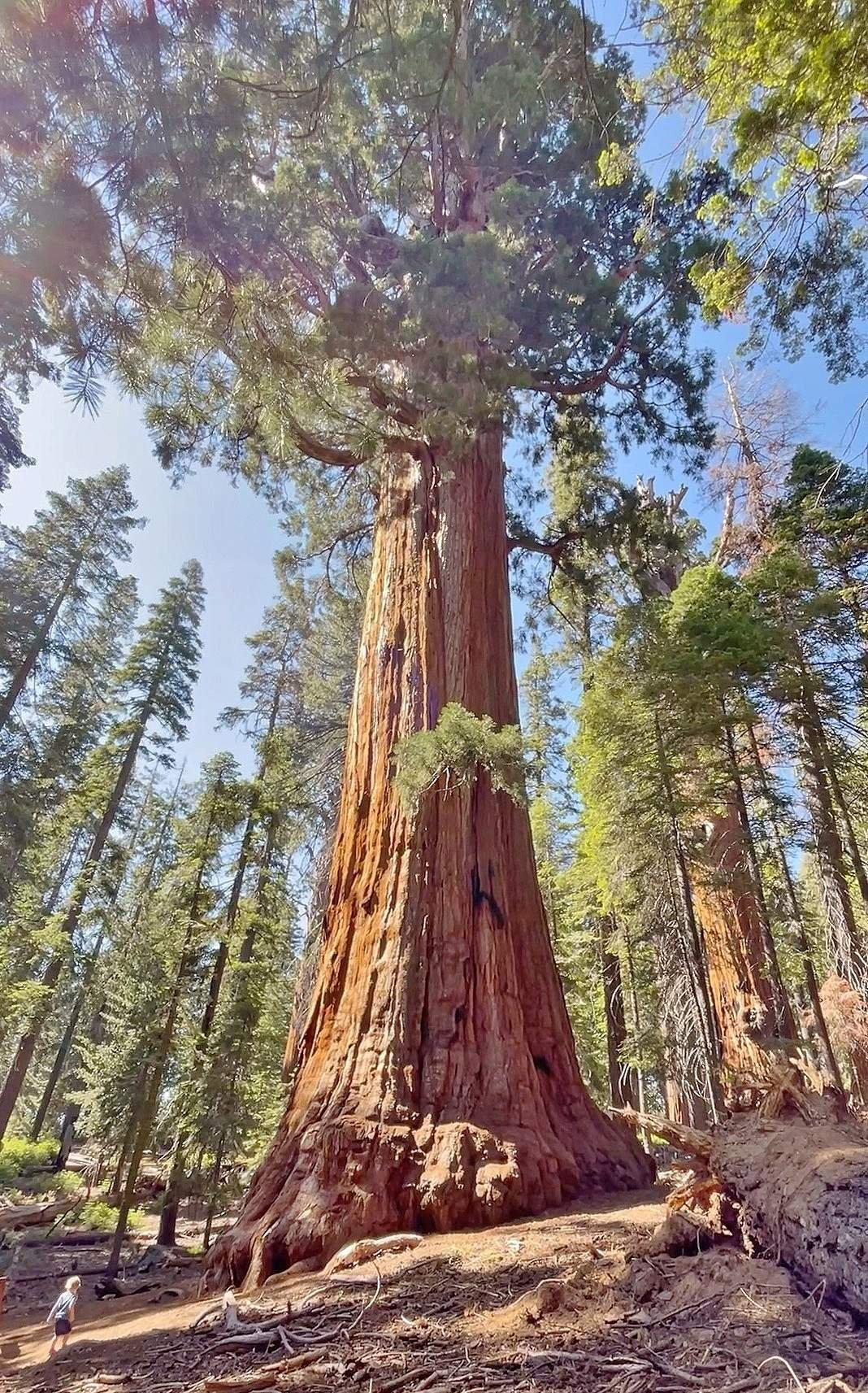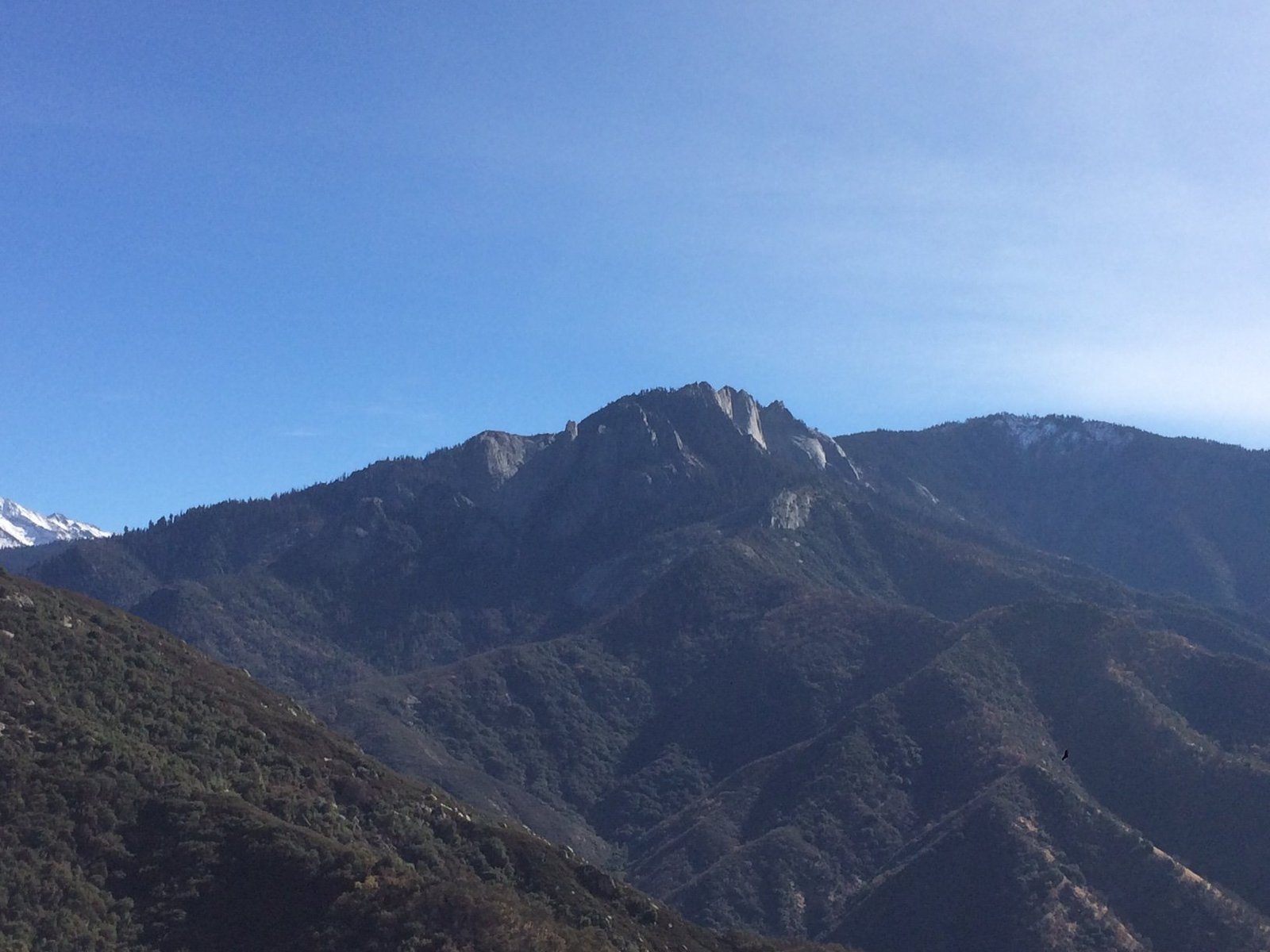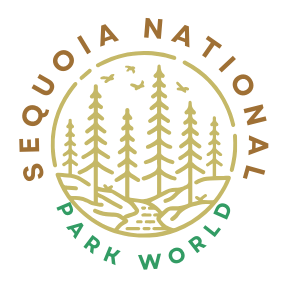Sequoia National Park’s Mineral King area offers a diverse range of hiking trails, from challenging backcountry adventures to scenic day hikes. Located in a glacial valley, Mineral King provides access to alpine lakes, towering peaks, and stunning vistas. The area is known for its rugged beauty, diverse flora and fauna, and rich mining history. Hikers can explore trails of varying difficulty levels, each offering unique experiences and breathtaking views of the Sierra Nevada landscape.
What are the Best Hikes in Mineral King?

Mineral King boasts several exceptional hiking trails, each with its own unique features and challenges. Here are some of the most popular hikes:
- Mineral King Loop
- Distance: 45 miles (loop)
- Elevation Gain/Loss: +/- 12,000 feet
- Difficulty: Strenuous
-
Highlights: Alpine lakes, granite canyons, panoramic views
-
Eagle Lake Trail
- Distance: 6.4 miles round trip
- Difficulty: Strenuous
-
Highlights: Views of East Fork Kaweah River valley, Great Western Divide
-
Monarch Lakes Trail
- Distance: 9 miles round trip
- Difficulty: Moderately strenuous
-
Highlights: Upper and Lower Monarch Lakes, views of Sawtooth Peak
-
Crystal Lake Trail
- Distance: 9.8 miles round trip
- Difficulty: Strenuous
-
Highlights: Panoramic views of Mineral King Valley, old Chihuahua Mine remnants
-
Timber Gap Trail
- Distance: 4 miles round trip
- Difficulty: Strenuous
-
Highlights: Views of Middle Fork Kaweah River, Alta Peak
-
Franklin Lakes Trail
- Distance: 10.8 miles round trip
- Difficulty: Strenuous
- Highlights: Rainbow-colored metamorphic rocks, gateway to Franklin Pass
How to Access Mineral King?

Accessing Mineral King requires careful planning due to its remote location and seasonal road closures:
- Road Opening: Late May through last Wednesday of October (weather permitting)
- Road Conditions: 28 miles long, narrow, winding, partially unpaved
- Vehicle Restrictions: Not recommended for RVs, trailers, or oversized vehicles
- Parking: Available at trailheads, but limited spaces
What Should Hikers Know Before Visiting Mineral King?
Preparation is key for a safe and enjoyable hiking experience in Mineral King:
- Weather: Check forecasts and be prepared for rapid changes in alpine environments
- Wildlife: Use bear canisters or proper food storage techniques
- Water: Carry sufficient water; don’t rely on untreated natural sources
- Permits: Required for overnight stays in the backcountry
- Vehicle Protection: Be aware of marmots potentially damaging vehicles
What Amenities are Available in Mineral King?
Despite its remote location, Mineral King offers some basic amenities:
- Campgrounds: Cold Springs and Atwell Mill (first-come, first-served)
- Ranger Station: Provides permits, information, and community storage
- Facilities: Vault toilets at campgrounds and some trailheads
How to Prepare for Mineral King Hikes?
Proper preparation is crucial for hiking in Mineral King:
- Gear Checklist:
- Sturdy hiking boots
- Weather-appropriate clothing (layers recommended)
- Sun protection (hat, sunscreen, sunglasses)
- First aid kit
- Navigation tools (map, compass, GPS)
- Sufficient food and water
-
Bear canister or food storage equipment
-
Physical Preparation:
- Most trails are strenuous; condition yourself before attempting
-
Acclimate to altitude if coming from lower elevations
-
Safety Precautions:
- Inform someone of your hiking plans
- Be aware of weather forecasts and potential hazards
- Know basic wilderness first aid and navigation skills
What Makes Mineral King Unique Among Sequoia National Park Hikes?
Mineral King stands out for several reasons:
- Rich History: Former silver mining area with remnants still visible
- Diverse Ecosystems: Transition from montane forests to alpine environments
- Challenging Access: Remote location keeps crowds smaller than other park areas
- Scenic Beauty: Dramatic landscapes with peaks, lakes, and wildflower meadows
- Wildlife Viewing: Opportunities to see marmots, bears, and various bird species
How Does Mineral King Compare to Other Sequoia National Park Areas?
| Feature | Mineral King | Other Sequoia Areas |
|---|---|---|
| Crowds | Less crowded | Often more crowded |
| Accessibility | Challenging (seasonal road) | Generally easier |
| Hiking Difficulty | Mostly strenuous | Varied (easy to strenuous) |
| Amenities | Limited | More extensive |
| Scenery | Alpine lakes, peaks | Giant sequoias, canyons |
What are the Best Times to Visit Mineral King for Hiking?
The best time to visit Mineral King depends on your preferences:
- Summer (July-August): Peak season, warmest weather, wildflowers in bloom
- Early Fall (September-October): Cooler temperatures, fall colors, fewer crowds
- Late Spring/Early Summer (Late May-June): Snow may still be present, waterfalls at peak flow
Remember that the road to Mineral King is typically closed from late October to late May due to snow.
Sequoia National Park’s Mineral King area offers a unique and challenging hiking experience for those willing to venture off the beaten path. With its diverse trails, stunning alpine scenery, and rich history, Mineral King provides a rewarding adventure for well-prepared hikers seeking to explore the wilder side of Sequoia National Park.
References:
1. Mineral King Loop – Sequoia National Park
2. Best Hiking Trails in Mineral King, California
3. Explore Sub-Alpine Landscapes at Mineral King
